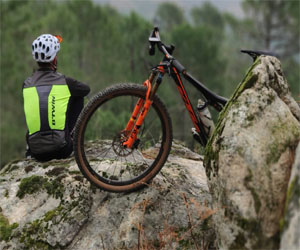


Pickleball Court Dynamics
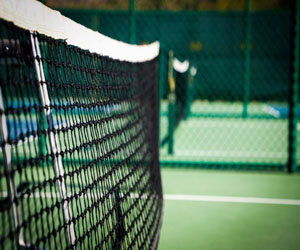
Pickleball, a sport that blends the best elements of tennis, badminton, and table tennis, has taken the world by storm. This rapidly growing paddle sport is celebrated for its accessibility and the fun it brings to players of all ages. To truly excel at pickleball, it's essential to understand the dynamics of the court itself. In this article, we'll explore the nuances of pickleball court dynamics, highlighting the factors that make the game both challenging and rewarding.
Court Size: A standard pickleball court measures 20 feet wide and 44 feet long. This compact court size is one of the defining characteristics of the sport, making it possible to play in areas not traditionally designed for racket sports. The reduced court dimensions require players to adapt to a more confined playing area and be nimble on their feet.
The Non-Volley Zone: Also known as "the kitchen," this is a crucial area on the court that extends 7 feet from the net on each side. The kitchen is a no-volley zone, meaning that players cannot hit the ball out of the air within this zone. This rule encourages strategic play, as players must carefully position themselves to avoid faulting.
The Baseline: The back line of the court is where serves must originate. Players serve from behind this line, and the serve must clear the non-volley zone on the opposite side of the court. The baseline is a key starting point for each point and plays a role in determining the position of the serving team.
The Net: The pickleball net stands 34 inches at the center, which is lower than traditional tennis or badminton nets. The lower net height demands precise and controlled shots, particularly during the serve and volleys near the net.
Serving Boxes: Each side of the court is divided into two serving boxes. The serving team must serve diagonally into the opponent's service box, following specific serving rules. The diagonal serves create unique angles and placement opportunities, adding to the dynamic court dynamics.
Doubles vs. Singles: Pickleball is typically played in both doubles and singles formats, with different strategies and court dynamics in each. In doubles, players work as a team, cover the court together, and employ coordinated strategies. In singles, players have more court to cover, leading to increased lateral movement and reliance on individual skills.
Shot Placement: The compact court size emphasizes the importance of shot placement. Strategic placement of shots can force opponents out of position and create openings for offensive plays. Players often aim for the corners and sidelines to put pressure on their adversaries.
Movement: Pickleball court dynamics necessitate quick and agile movement. Players must be ready to cover the court, transition from the baseline to the non-volley zone, and engage in fast-paced volleys at the net. Efficient footwork and positioning are crucial for success.
Volleying: The game's rules, such as the double bounce rule, dictate when players can engage in volleys (hitting the ball out of the air). This rule affects court dynamics by promoting more controlled, strategic plays and fewer aggressive volleys, particularly during the opening shots of a point.
Understanding pickleball court dynamics is essential for players looking to excel in this exciting sport. The unique dimensions, the presence of the non-volley zone, and the emphasis on precise placement and controlled volleys all contribute to the distinctive and dynamic nature of pickleball. Whether you're new to the game or a seasoned player, mastering these court dynamics is the key to enjoying the strategic and exhilarating world of pickleball.
Mastering The Ocean's Dance
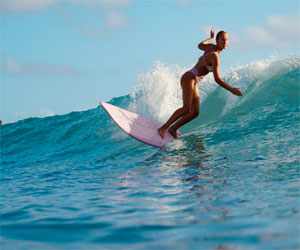 Balance is a fundamental aspect of the art of riding the waves. Surfing is about harmonizing the body's equilibrium with the dynamic forces of the ocean. The surfer stands atop their board, shifting their weight in precise, nuanced movements to maintain control and navigate the waves. It's a dance that demands poise and coordination, and over time, surfers develop an intuitive sense of balance that becomes second nature.
Balance is a fundamental aspect of the art of riding the waves. Surfing is about harmonizing the body's equilibrium with the dynamic forces of the ocean. The surfer stands atop their board, shifting their weight in precise, nuanced movements to maintain control and navigate the waves. It's a dance that demands poise and coordination, and over time, surfers develop an intuitive sense of balance that becomes second nature.
A crucial element of this art is timing. To catch a wave and ride it effectively, surfers must judge the perfect moment to paddle and pop up onto their board. This split-second decision is the difference between a thrilling ride and an untimely wipeout. It's a testament to the artistry of surfing that even the most experienced surfers never stop honing their timing skills.
The art of riding the waves also encompasses the rider's connection to their surfboard. Surfboards come in various shapes and sizes, each designed for specific wave conditions and styles of riding. The choice of surfboard is akin to selecting a paintbrush for an artist or an instrument for a musician.

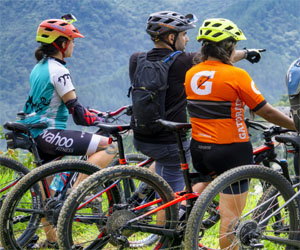
Nurturing Nature While Exploring
 Sustainable Gear And Practices: Eco-conscious adventurers understand that the gear they choose can have a significant environmental impact. They opt for eco-friendly and sustainable equipment, such as recyclable and biodegradable materials. Additionally, they practice responsible resource management by conserving water, reducing energy consumption, and minimizing waste generation during their journeys.
Sustainable Gear And Practices: Eco-conscious adventurers understand that the gear they choose can have a significant environmental impact. They opt for eco-friendly and sustainable equipment, such as recyclable and biodegradable materials. Additionally, they practice responsible resource management by conserving water, reducing energy consumption, and minimizing waste generation during their journeys.
Low-Impact Camping: Camping is an integral part of wilderness journeys, and eco-conscious adventurers are known for their low-impact camping practices. This involves setting up camp in designated areas, using portable stoves for cooking instead of open fires, and following the "Leave No Trace" camping guidelines to ensure that the natural surroundings remain unspoiled.
Wildlife Observation And Conservation: Eco-conscious wilderness journeys often involve opportunities for wildlife observation. Rather than disrupting the animals they encounter, eco-conscious adventurers approach wildlife with respect and care. They maintain a safe distance and use binoculars or telephoto lenses to avoid causing distress to the animals. Moreover, many eco-conscious adventurers participate in wildlife conservation efforts and support organizations dedicated to preserving natural habitats.
Embrace The Snowy Slopes
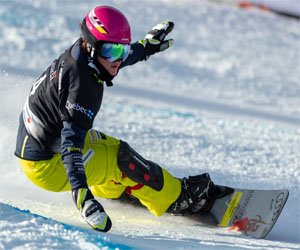 The Basics Of Skiing And Snowboarding: Before you hit the slopes, it's essential to understand the fundamental differences between skiing and snowboarding. Skiing involves using two separate skis on your feet, while snowboarding employs a single snowboard. Skiing is typically easier to learn for beginners as it allows for better balance, while snowboarding requires a bit more coordination but offers a unique sense of control and style.
The Basics Of Skiing And Snowboarding: Before you hit the slopes, it's essential to understand the fundamental differences between skiing and snowboarding. Skiing involves using two separate skis on your feet, while snowboarding employs a single snowboard. Skiing is typically easier to learn for beginners as it allows for better balance, while snowboarding requires a bit more coordination but offers a unique sense of control and style.
Choosing The Right Gear: Selecting the right equipment is crucial to your success on the slopes. Make sure to invest in well-fitted boots, skis or a snowboard, and appropriate clothing to keep you warm and dry. Rental equipment is a cost-effective option for beginners, allowing you to test the sport before committing to your own gear.
Lessons And Instruction: Enrolling in lessons with a certified instructor is a wise choice for beginners. Ski schools and snowboarding instructors can provide you with proper guidance, teach you the essential techniques, and ensure your safety. They will help you learn how to balance, turn, and stop effectively, reducing the risk of injuries.
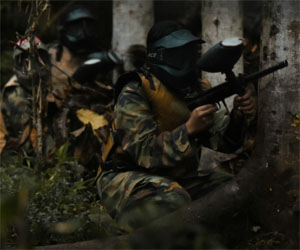
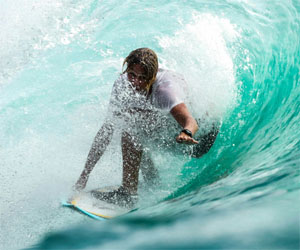
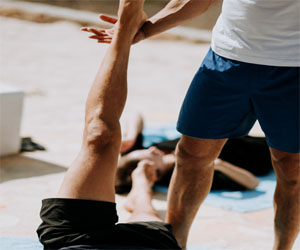



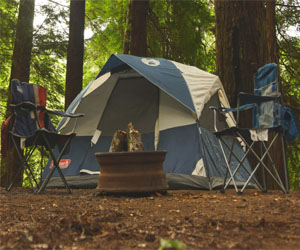 Camping invites us to step away from our comfort zones and immerse ourselves in the raw beauty of the natural world. Whether it's the grandeur of towering mountains, the tranquility of a hidden forest glade, or the picturesque views from a lakeside campsite, the allure of camping is found in the awe-inspiring landscapes that become our temporary home. These settings are the backdrop to unforgettable experiences and treasured memories.
Camping invites us to step away from our comfort zones and immerse ourselves in the raw beauty of the natural world. Whether it's the grandeur of towering mountains, the tranquility of a hidden forest glade, or the picturesque views from a lakeside campsite, the allure of camping is found in the awe-inspiring landscapes that become our temporary home. These settings are the backdrop to unforgettable experiences and treasured memories.
Moreover, camping is a return to the basics of life, a reminder that we can thrive with less. Building a campfire, setting up a simple tent, and cooking a meal over an open flame are acts that connect us to our primal instincts. They allow us to appreciate the resources provided by the wilderness and foster self-sufficiency, independence, and resourcefulness.
The allure of camping is not only about connecting with nature but also about forging connections with our loved ones. Campfires become the gathering place for stories, laughter, and shared experiences. The simplicity of camping provides a unique setting for bonding with friends and family. It's a time to play games, share meals, and savor the warmth of companionship, far removed from the distractions of everyday life.
Furthermore, the allure of camping lies in the sense of adventure and exploration it offers. Whether it's setting out on a hike to uncover hidden waterfalls, embarking on a kayaking expedition on a tranquil river, or simply gazing at the star-studded sky, camping is an open invitation to discover the world around you. It's an opportunity to explore the uncharted territories of your surroundings, awaken your sense of wonder, and connect with the environment.
Finding Peace In The World Of Feathers
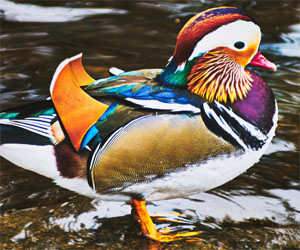 Mindful Presence: Birdwatching encourages a state of mindfulness, where you become fully present in the moment. The act of observing birds requires concentration and patience, allowing you to escape the worries of yesterday and the anxieties of tomorrow. Your focus shifts to the intricate beauty of the avian world unfolding before you.
Mindful Presence: Birdwatching encourages a state of mindfulness, where you become fully present in the moment. The act of observing birds requires concentration and patience, allowing you to escape the worries of yesterday and the anxieties of tomorrow. Your focus shifts to the intricate beauty of the avian world unfolding before you.
Stress Reduction: Research has shown that spending time in natural settings, like birdwatching in a park or forest, can significantly reduce stress levels. The gentle rhythm of watching birds, paired with the release of stress-reducing hormones, can lead to a sense of calm and inner peace.
Connection With Wildlife: Birds are our neighbors in the natural world, and watching them up close can foster a deep sense of connection with the environment.